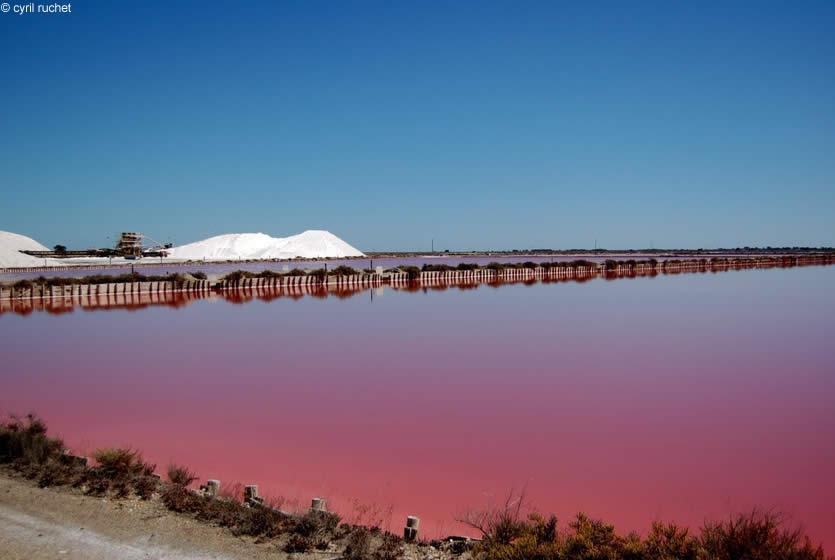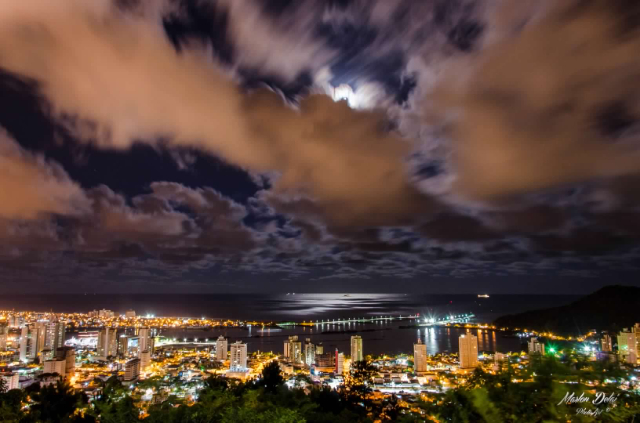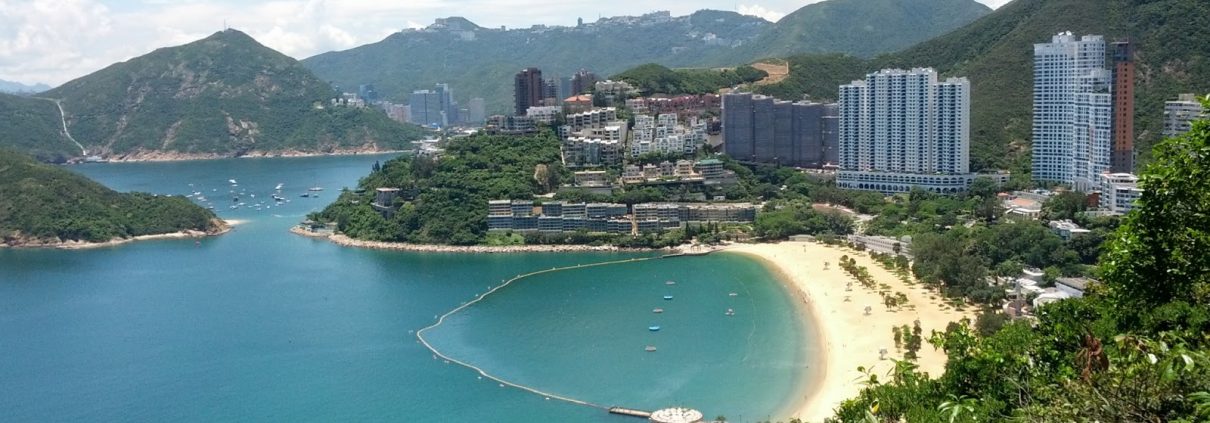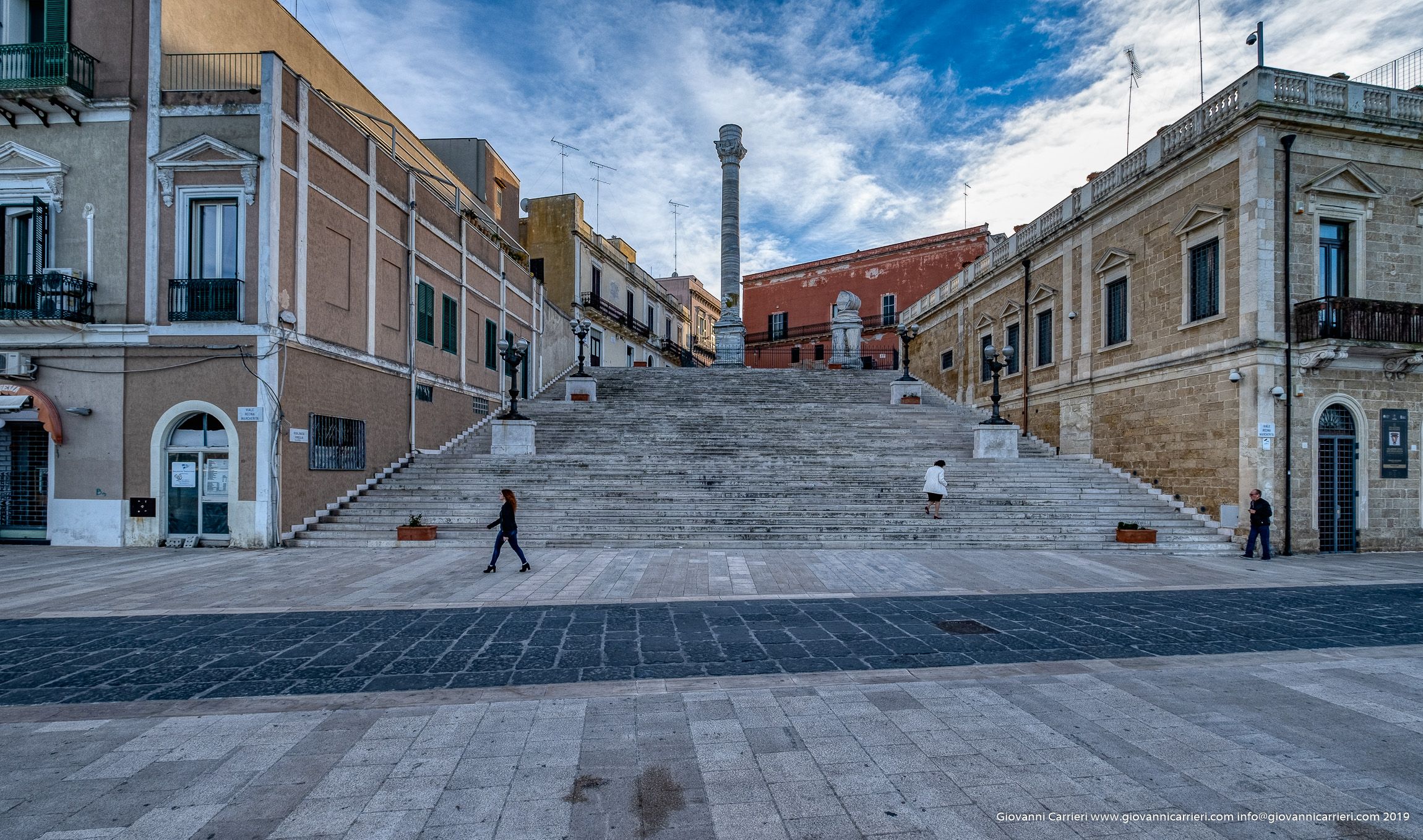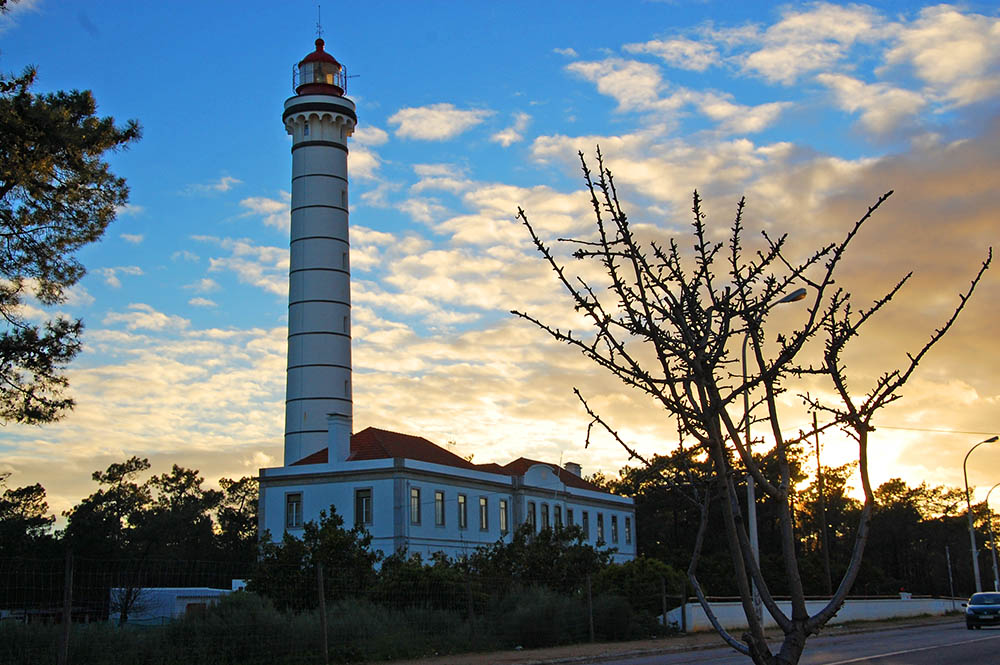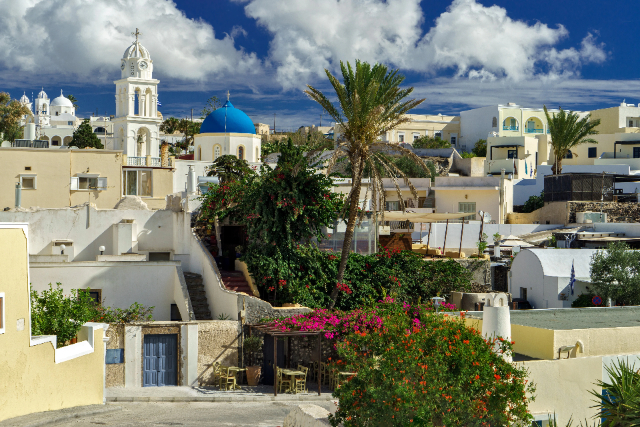The term « salin » is French for « saline » meaning salty. In this context, a salin is a (very) large salt deposit next to a salt marsh. Located between the sandy, Mediterranean beaches near Montpellier to the West and the Rhône River to the East, the Camargue has a booming salt production industry. This is due to the very high presence of naturally-occuring salt in the soil in the Camargue, including Aigues-Mortes. Aigues-Mortes is a small, fortified, medieval city located in the Camargue. The population of the city is only slightly over 8,300 people (in 2017). Literally, in French, the name « Aigues-Mortes » translates as « dead algae ». There’s a good reason for that, which we’ll get to in a moment.
Just outside of the city’s fortress walls, you’ll find over 8,000 acres of salins, composed of over 60,000 tons of salt. Each year, the region produces over 300,000 tons of salt, of which 90% is sold for direct consumption. If the « salins » are the large mountains of natural salt standing above ground, the « marais salants » are the vast, lake-like salt marshes next to them.
But perhaps most notable of all, upon seeing the salt marshes for the first time, is their appearance. The salt marshes of Aigues-Mortes are not a dark green, mucky color as you’d expect to see in a lake or any other stagnant body of water. Here, the water is pink! It’s absolutely stunning to see in real life,
